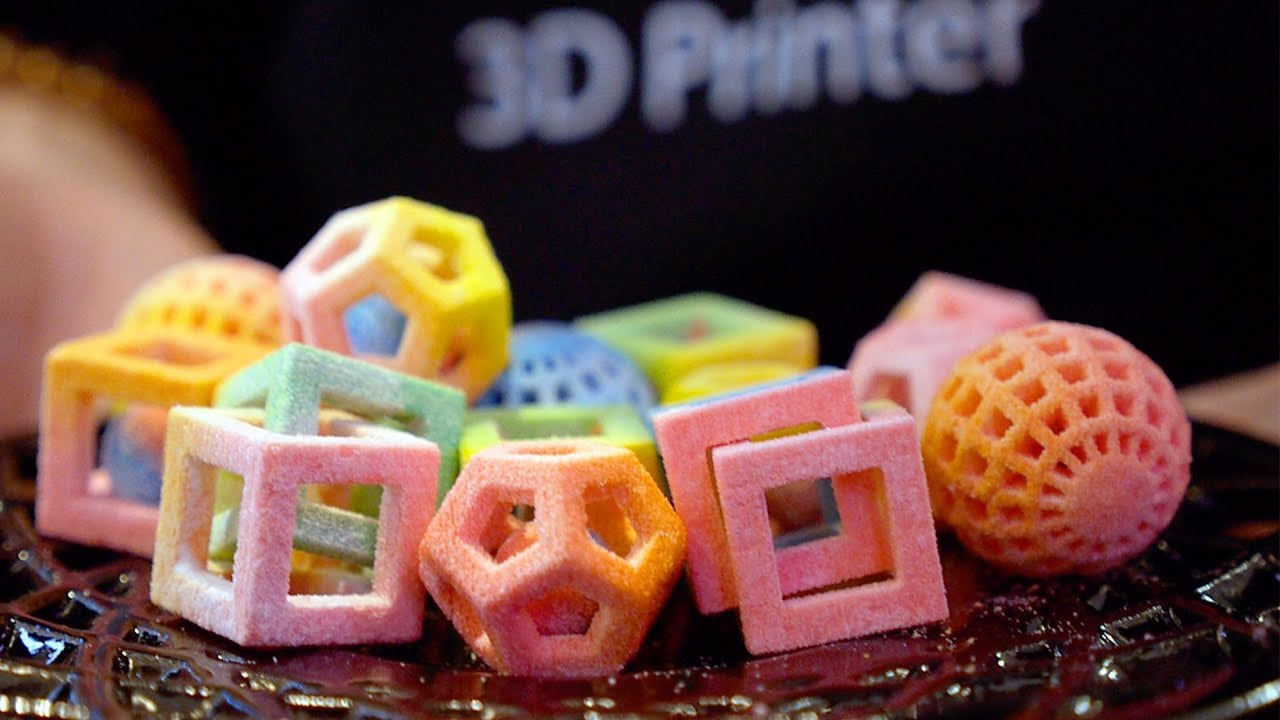Dave Vicks
Well-Known Member
- Joined
- Sep 19, 2020
- Messages
- 1,792
They laughed at the Wright brothers. 

So, though FTL might one day happen, it might not be as impressive as we imagine it. I saw an interesting show where they discussed 'warp speed' and proposed between the engines they warped space/time and used that to propel the ship forward. IMO, that would require some rather amazing structural engineering to keep those engines from ripping off the ship in opposite directions.
Replicators, perhaps, but that will entail stripping atoms down to their base components, scanning them to unfathomable degrees, and then reassembling components as needed...plus there is the whole energy released, energy required issues to work out.
Holodecks I don't buy into. As far as we know you can't project an image onto nothing, let alone have it become solid/real. I also suspect if you could come up with 'replicator' technology to help it along, I'm not so sure you'd want to be inside a chamber smashing together parts of atoms.
Transporters, I doubt most of all. If you are ripped apart (destroyed), then reassembled, are you still the same person or just a clone? Would your mind be exactly the same or just some blank slate (physical is one thing, chemical, electrical another)? More so, you're talking about taking physical objects and magically making them appear however far away as though you folded space. If you can do that, then why tear apart the person in the first place?
I was thinking about replicating something that was the same as the real thing. What you are talking about, really does not sound appeallingReplicators Given that three-d printing is a working technology, I would argue that replicators already exist. Food replicators seem to be a viable extension of this technology.
With water and a suitable set of artificial flavor 'inks', I could see a machine capable of 'printing' drinks ranging from lemonade to coffee. Also there are companies that are using artificial flavorings to (at least try to) replicate meat from plant products. Using a bland protein as an ink combined with a defined flavor palette, it does not seem to be that much of a stretch to print a hot dog. Printing patterns could be used to create structures that would mimic the textures of the modeled source.

Whatever the case, I'm with Bones; I ain't never stepping into a transporter (as commonly described in SF).
What might you change about yourself? Me, I'm getting...well never mind.
K2
| Thread starter | Similar threads | Forum | Replies | Date |
|---|---|---|---|---|
|
|
The speed of light limit explained. | Science & Nature | 2 | |
|
|
Speed, Lift & Gravity on the Moon. | Science & Nature | 34 | |
| F | (Found) Mid 70's, man in jungle takes drug that slows him to tree "speed" | Book Search | 4 | |
|
|
Visualizing the speed of light... | Science & Nature | 4 | |
|
|
Varying Speed of Light Cosmology | Science & Nature | 0 |
